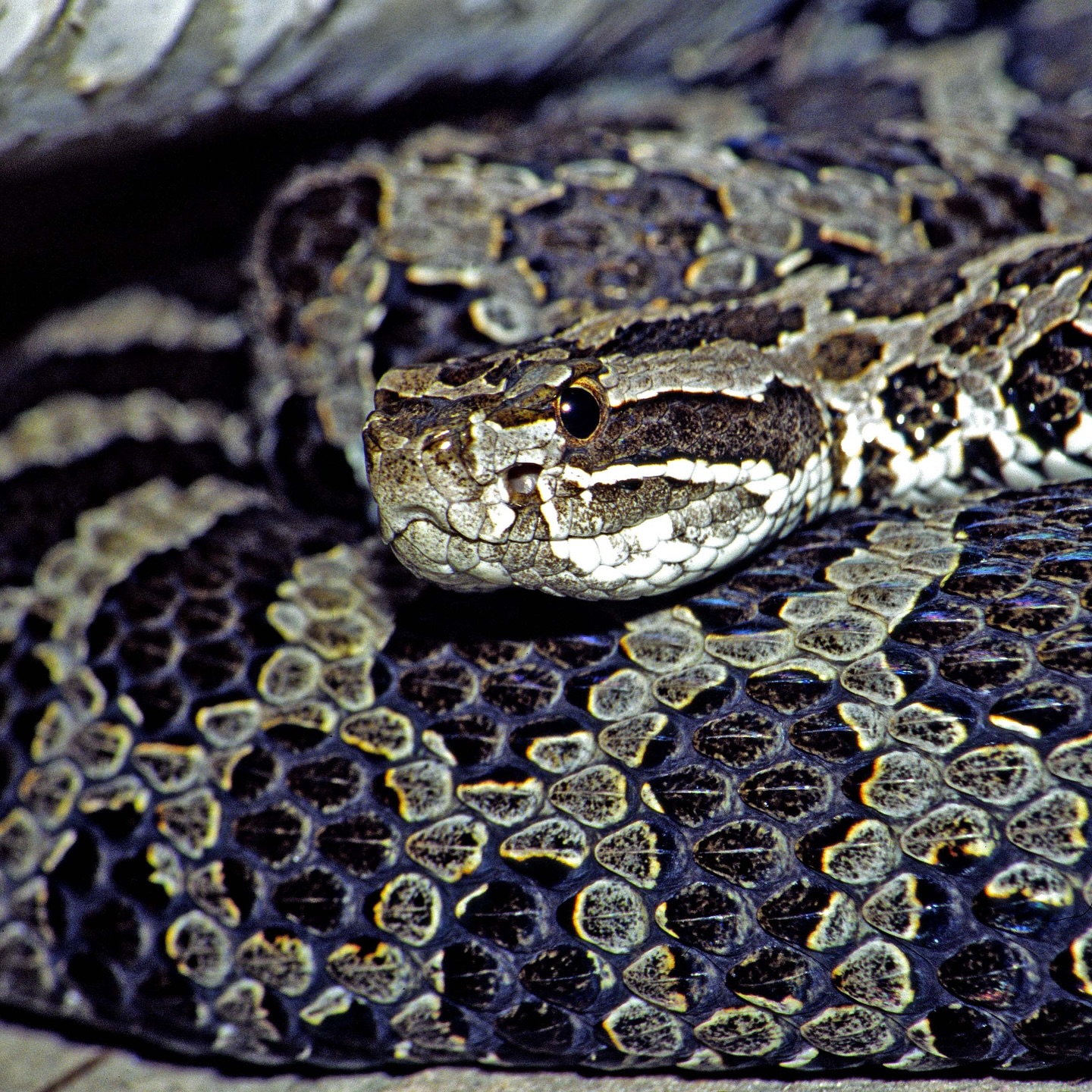- History and Conservation Efforts for Eastern Massasauga Rattlesnake
- The Role of the Toronto Zoo and Partners in Reintroduction Programs
- The Importance of Veterinary and Nutritional Support in Conservation
- Collaborative Work with Indigenous Communities and Scientific Organizations
- The Critical Role of Zoos and the AZA in Species Survival Programs
Since 1989, the conservation community, led by institutions such as the Toronto Zoo, has undertaken significant efforts to preserve the Eastern Massasauga rattlesnake. This small, venomous snake inhabits wetlands and prairies across North America but faces threats due to habitat loss and human conflict. The Toronto Zoo is engaged in the only Canadian reintroduction initiative for this species, highlighting the importance of its preservation work.
The AZA (Association of Zoos and Aquariums) has integrated the Eastern Massasauga into its Species Survival Plan, now a part of the SAFE (Saving Animals from Extinction) initiative. This program leverages zoo-based expertise to help maintain and boost biological diversity. By working with a network of partners—including First Nations groups, the province of Ontario, and Wildlife Preservation Canada—this concerted effort aims to restore the rattlesnake across its historical range.
Veterinary care plays an essential role in conservation. Ensuring the health of both captive and released snakes involves routine monitoring, disease prevention, and sometimes surgical procedures, such as implanting radio transmitters. The expertise of wildlife care staff, veterinary technicians, and veterinarians is crucial in maintaining the well-being of these venomous reptiles. Nutritional science and welfare are also indispensable, offering a comprehensive approach to conservation that supports the health of the species.
Collaborations with Indigenous communities and scientific bodies, such as Laurentian University, are vital for the success of the reintroduction programs. These partnerships not only provide crucial ecological knowledge but also foster community engagement, which is essential for long-term success. The combined efforts of diverse stakeholders exemplify the power of cross-disciplinary collaboration in wildlife conservation.
The role of zoos extends beyond exhibition to serving as critical actors in species recovery efforts. Through the AZA’s species survival initiatives, zoos contribute to global conservation goals by providing resources and expertise. This involvement underscores the multifaceted responsibilities zoos have in conserving endangered species and educating the public about their significance.
Engagement in these initiatives promotes a greater understanding of biodiversity and encourages conservation advocacy. As we continue with this year’s focus on the Eastern Massasauga rattlesnake, it is important to recognize the collective efforts required to protect and preserve this vital species for future generations.
*****
Source Description
It’s
As we continue moving through this Year of the Snake, we’re proud to highlight our efforts to save the Eastern Massasauga rattlesnake 🐍
Did you know? As a team, we’ve been working to save and protect Eastern Massasauga rattlesnakes since 1989, providing workshops for Zoo members, guests and those living in areas where rattlesnakes are found.
More than that, your Toronto Zoo is involved in the only Canadian reintroduction effort for Eastern Massasauga rattlesnakes at present, and therefore our tireless efforts are critical to the success of the program 🇨🇦
The AZA Eastern Massasauga Rattlesnake SSP (Species Survival Plan) has recently become a SAFE (saving animals from extinction) one; a zoo-based program that is in a unique position to assist with this release effort. Along with our partners, we are working diligently to recover the Eastern Massasauga rattlesnake across its range.
Our efforts involve working alongside multiple partners in the SAFE (Saving Animals from Extinction) program across North America, as well as First Nations, the province of Ontario, @wildlife_preservation_canada, Laurentian University and others.
Veterinary input is also essential to helping ensure the health of snakes in the conservation breeding population, and the released individuals. That input also includes support from Nutrition Science and Welfare Science – working together as a One Well-being team.
We work on site as a team of specially trained Wildlife Care staff (these are venomous reptiles), Veterinary Technicians and Veterinarians, to provide daily best practice care, but also health monitoring, disease screening, and surgical intervention as necessary (e.g. radio-transmitters) 🐍
All in all, this collaborative effort shows how veterinarians and veterinary technicians are critical to saving species. (Scroll through our carousel of photos to see various members of our team involved in this comprehensive project).


